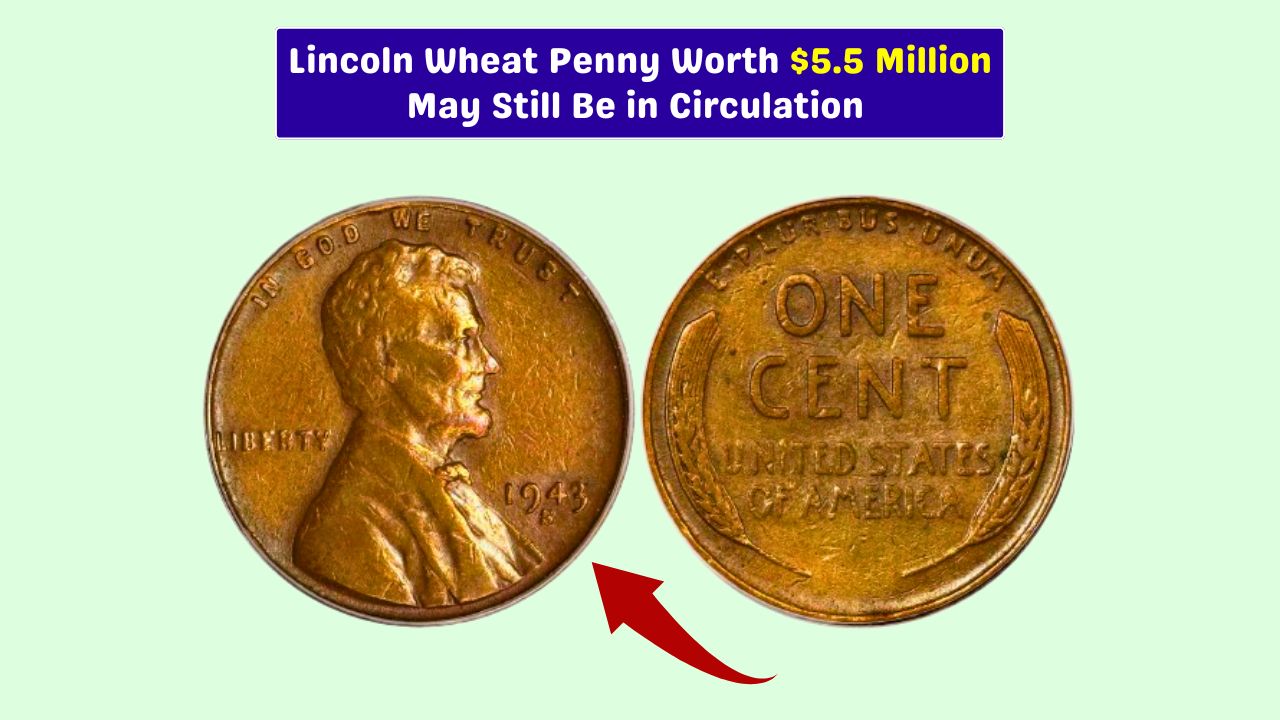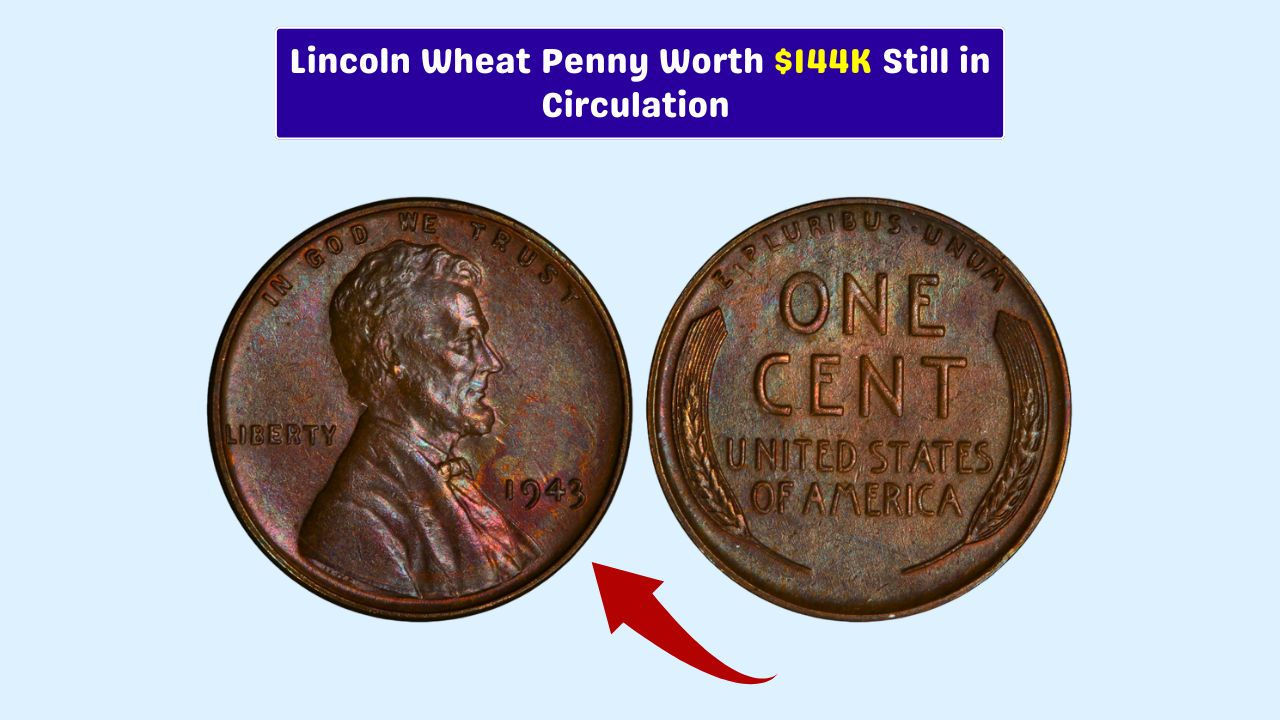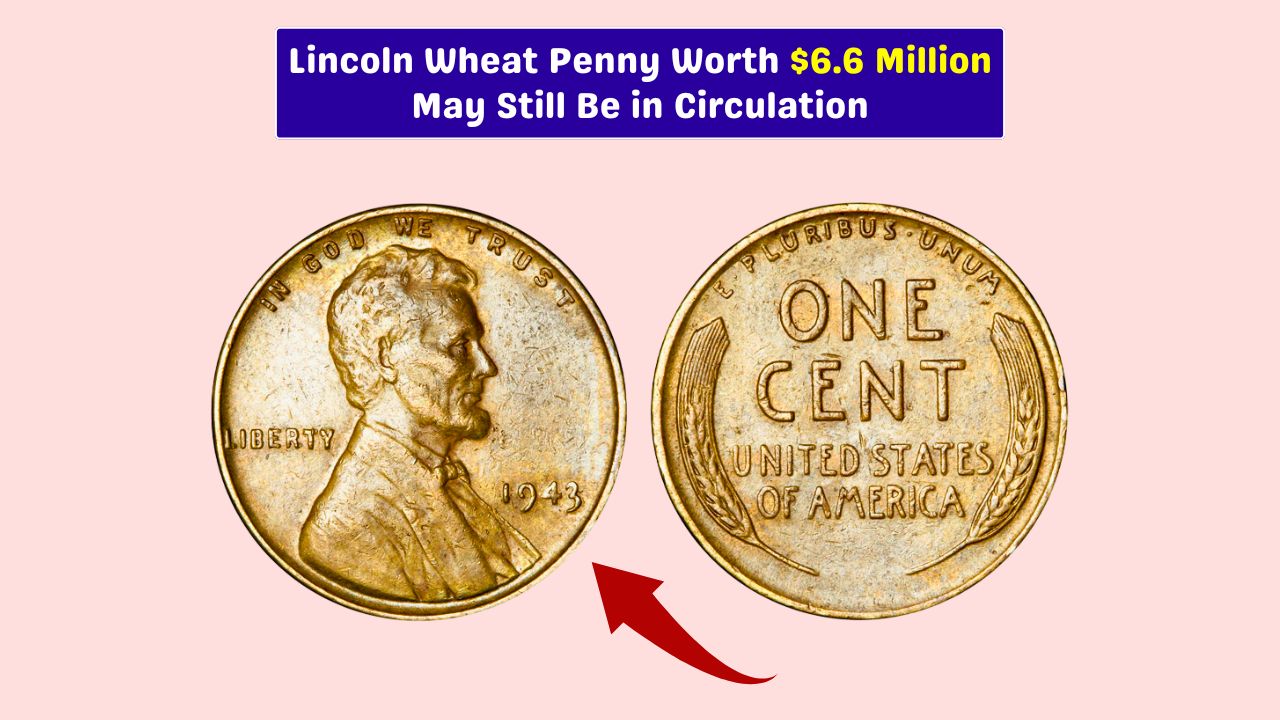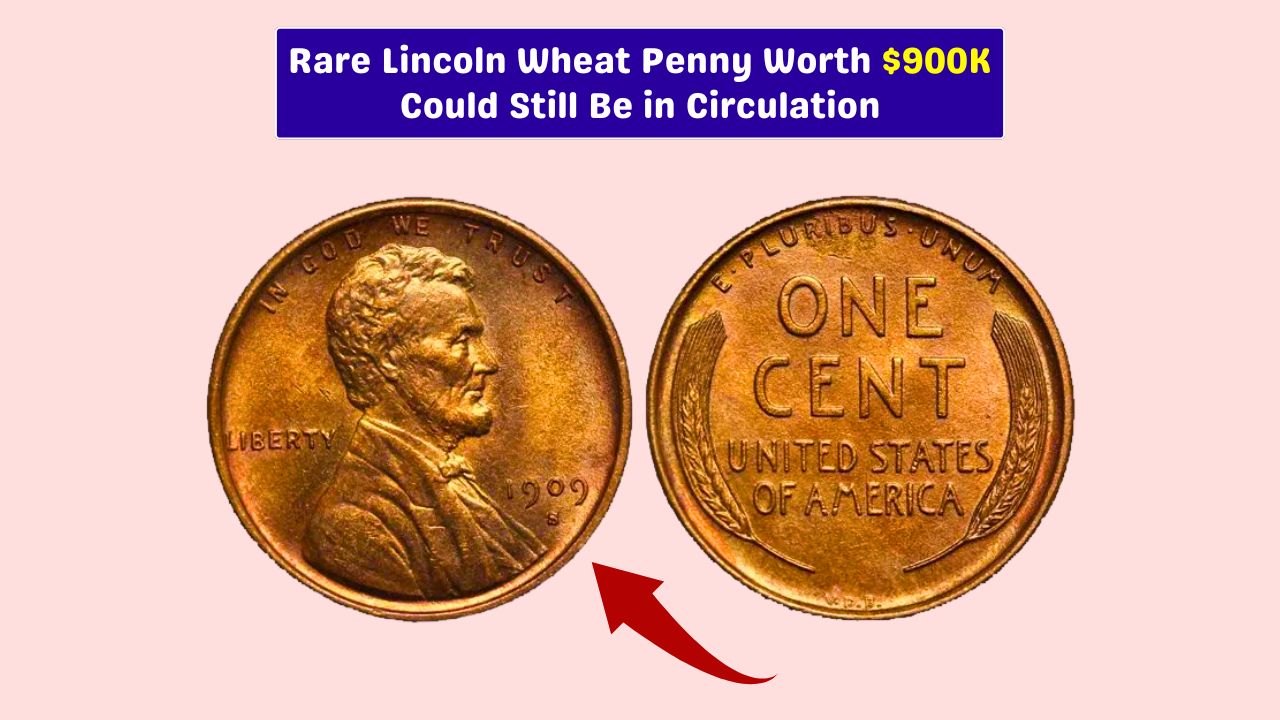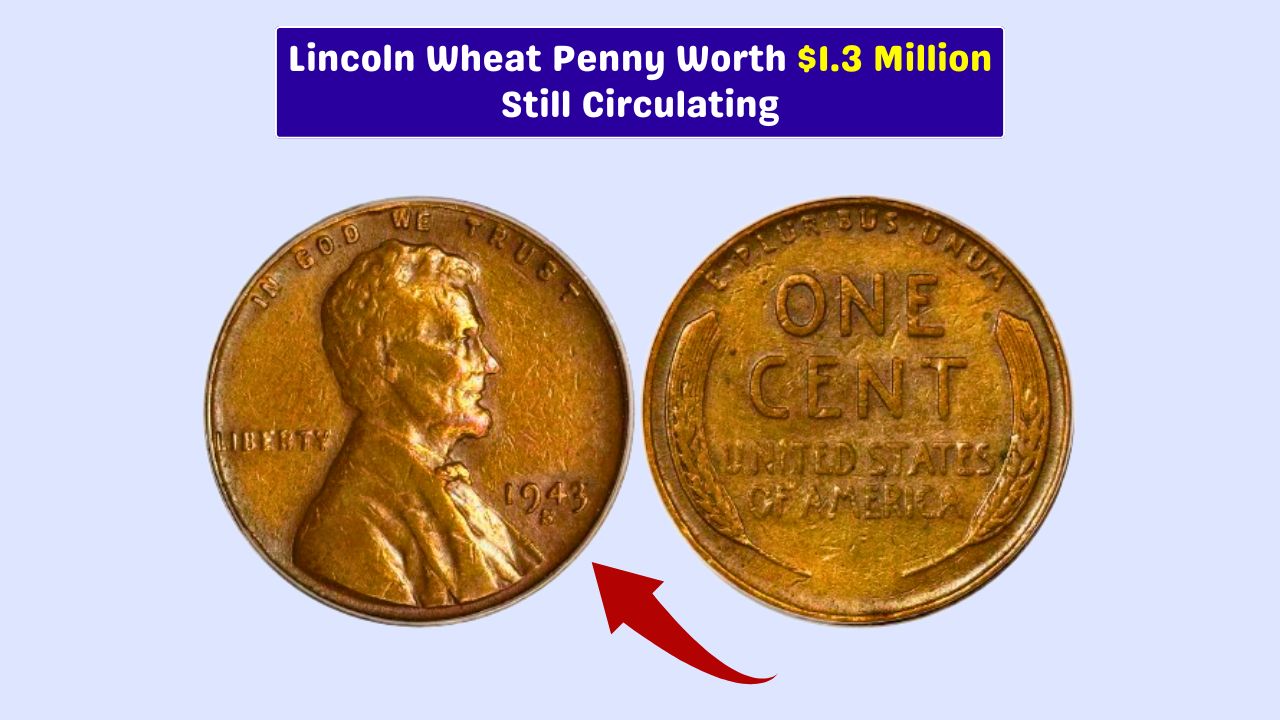It’s just a small, one-cent coin—but imagine if that penny in your pocket was actually worth ₹45 crore. That’s exactly the case with a rare Lincoln Wheat Penny, now valued at $5.5 million.
What’s even more surprising? This coin might still be out there in circulation, quietly waiting for someone to spot it.
Let’s break down what makes this tiny coin so incredibly valuable and how you can check if you’re the lucky one holding it.
Origins
The Lincoln Wheat Penny was first introduced in 1909 and continued to be minted until 1958. It was the first U.S. coin to feature a real historical figure—Abraham Lincoln—on the front.
The back of the coin displayed two simple wheat stalks, which earned it the nickname “Wheat Cent.”
Millions of these were made and are still found today in collections and loose change. But there’s one version, from 1943, that is extremely rare and highly valuable.
Error
During World War II, copper was in short supply because it was needed for military equipment. So in 1943, the U.S. Mint decided to make pennies out of zinc-coated steel instead of copper. These steel pennies are easy to recognize—they look silvery and are magnetic.
However, a few copper blanks were accidentally left in the minting machines. As a result, a tiny number of 1943 pennies were made from copper. These are now some of the rarest and most valuable error coins in U.S. history.
Value
One of these rare 1943 copper Lincoln Wheat Pennies has been valued at $5.5 million. Why such a high price? It all comes down to four key factors:
- Scarcity: Only about 15 to 20 are believed to exist
- History: Created during wartime, by mistake
- Collector demand: Rare coins fetch huge auction prices
- Condition: The better the coin’s shape, the more it’s worth
This penny isn’t just old—it’s a collector’s dream, wrapped in history and mystery.
Detection
Think you might have this rare gem sitting in a jar at home? Here’s how to check:
| Test | Copper Penny (Rare) | Steel Penny (Common) |
|---|---|---|
| Year | 1943 | 1943 |
| Color | Reddish-brown (copper) | Silver-grey (steel) |
| Magnet Test | Doesn’t stick | Sticks to magnet |
| Weight | 3.11 grams | 2.7 grams |
| Grading | PCGS or NGC recommended | PCGS or NGC recommended |
If your 1943 penny looks coppery and doesn’t stick to a magnet, don’t get too excited just yet—send it to a professional grading service like PCGS or NGC to confirm if it’s the real thing.
Circulation
The most exciting part of this whole story? This penny could still be out there. It’s entirely possible that someone has one of these coins sitting in an old piggy bank, a coin collection, or even among everyday change—completely unaware of its value.
That’s why collectors always pay attention to older coins, especially those with 1943 on them. These coins might look ordinary at first glance but could be worth millions.
So the next time you’re counting change or digging through an old drawer, keep your eyes open. That little penny might just change your life.
FAQs
What is a 1943 Wheat Penny?
It’s a rare U.S. penny made accidentally from copper in 1943.
Why is the penny worth $5.5 million?
Because it’s extremely rare and made in error during WWII.
How can I check if I have one?
Look for 1943 date, copper color, and do the magnet test.
Is it still in circulation?
Yes, it may still be hiding in jars or coin collections.
Where do I get it authenticated?
Send it to PCGS or NGC for professional grading.

